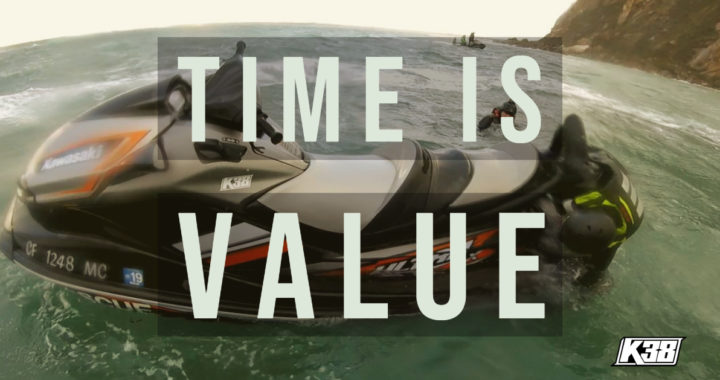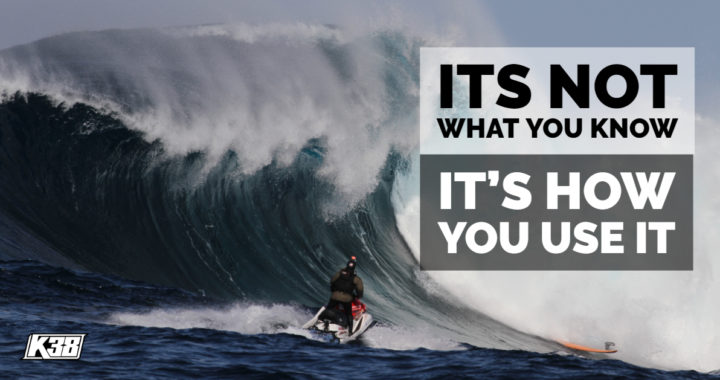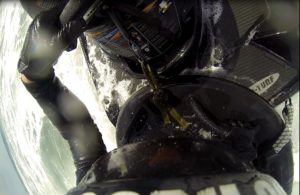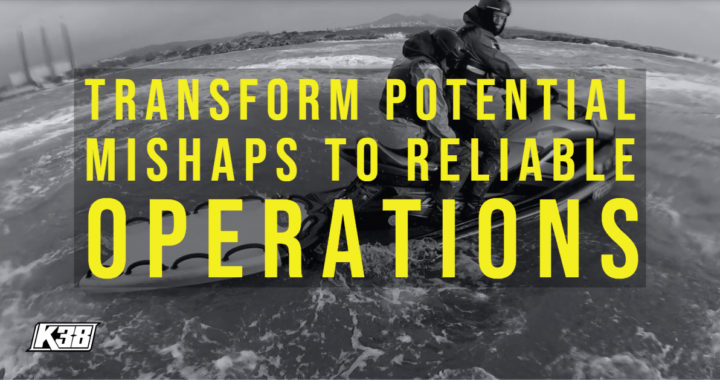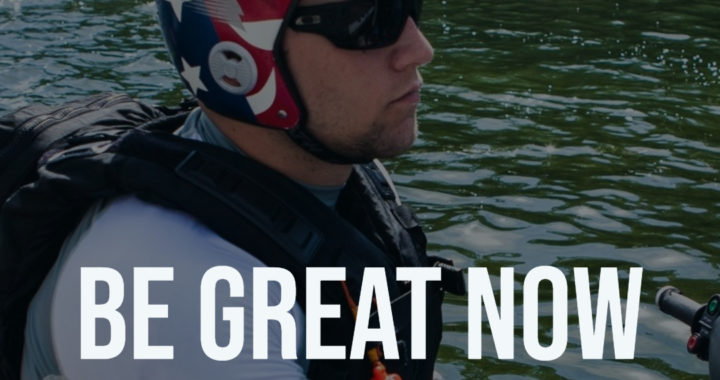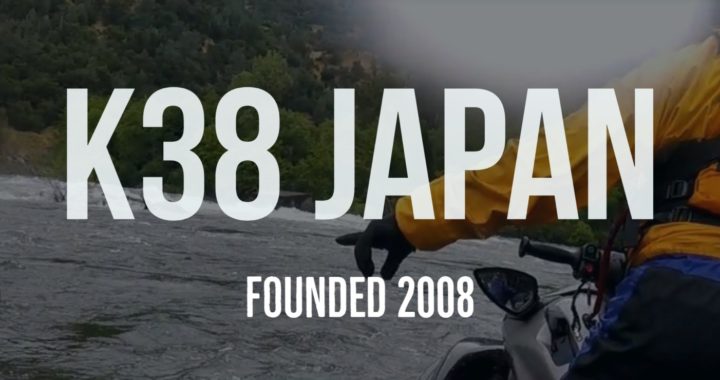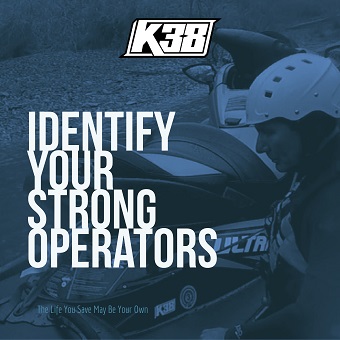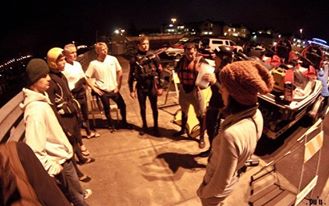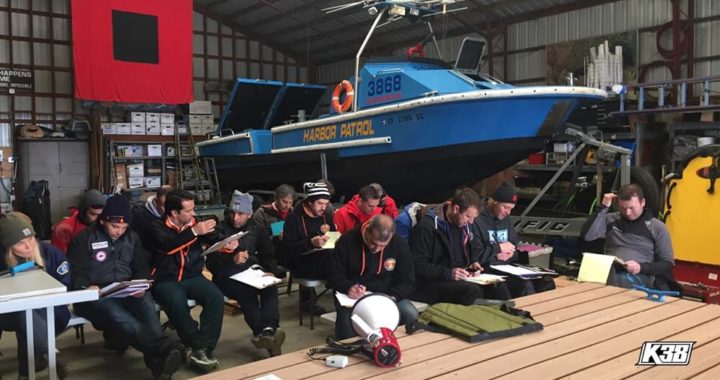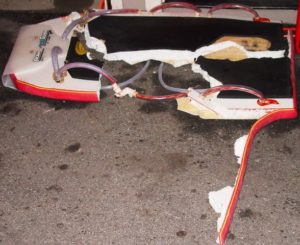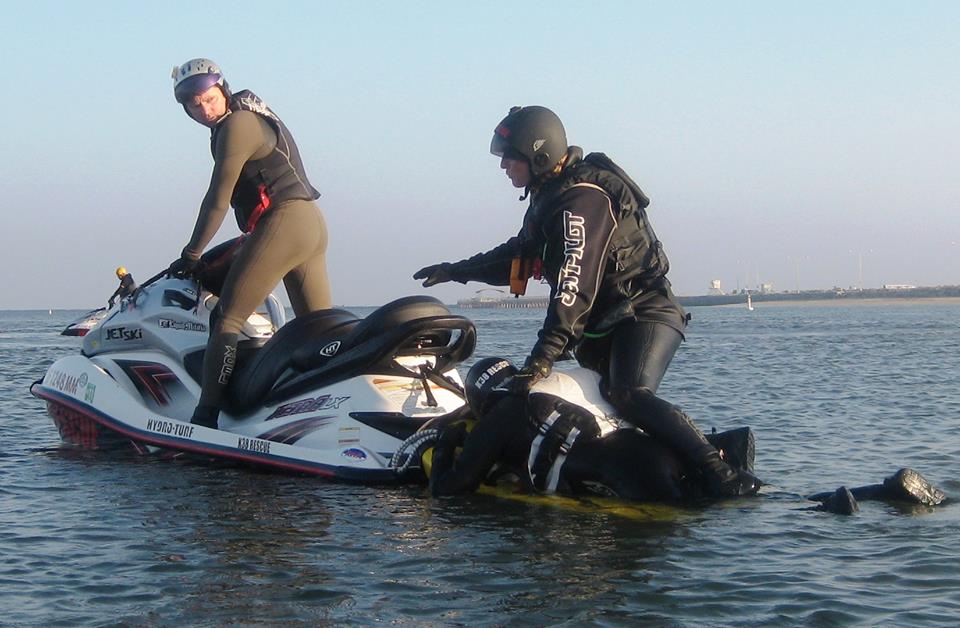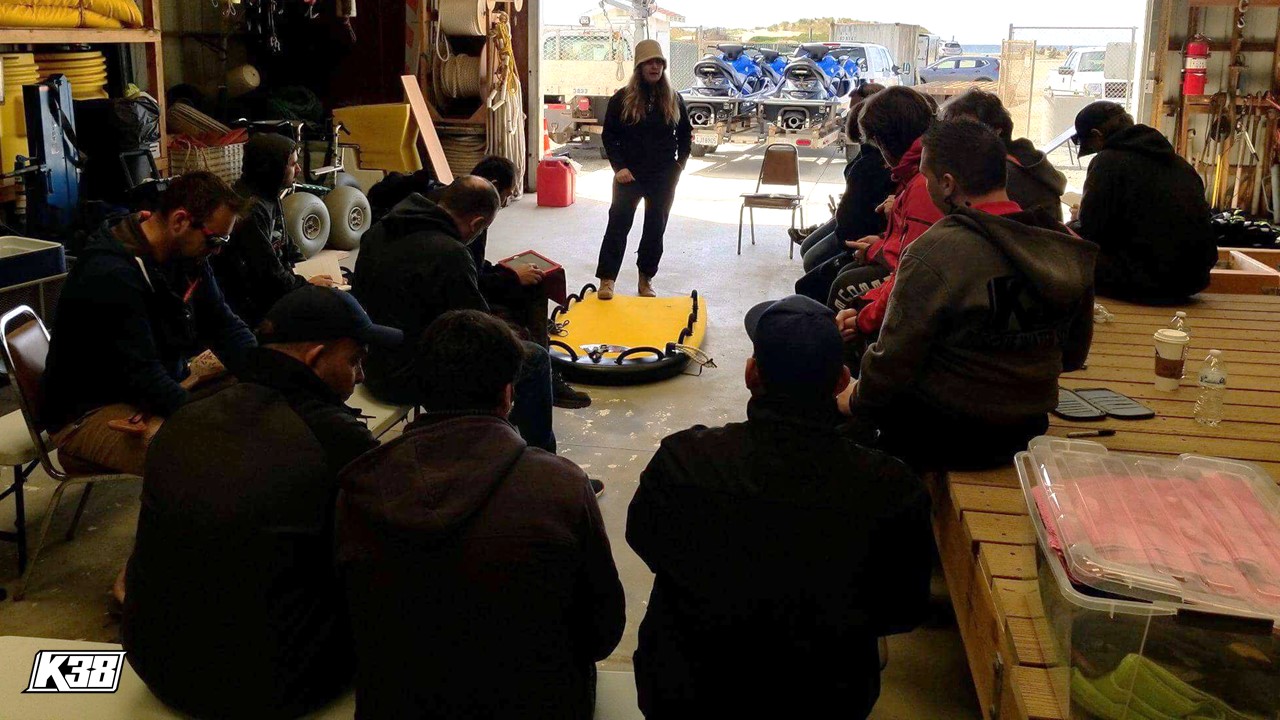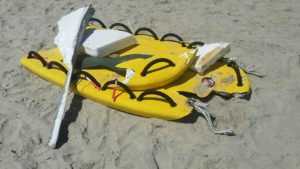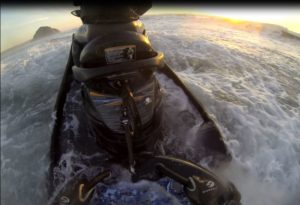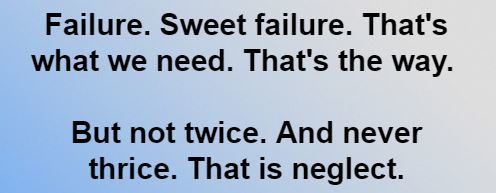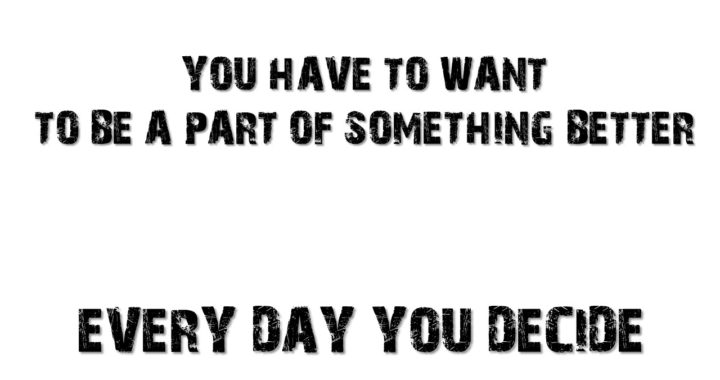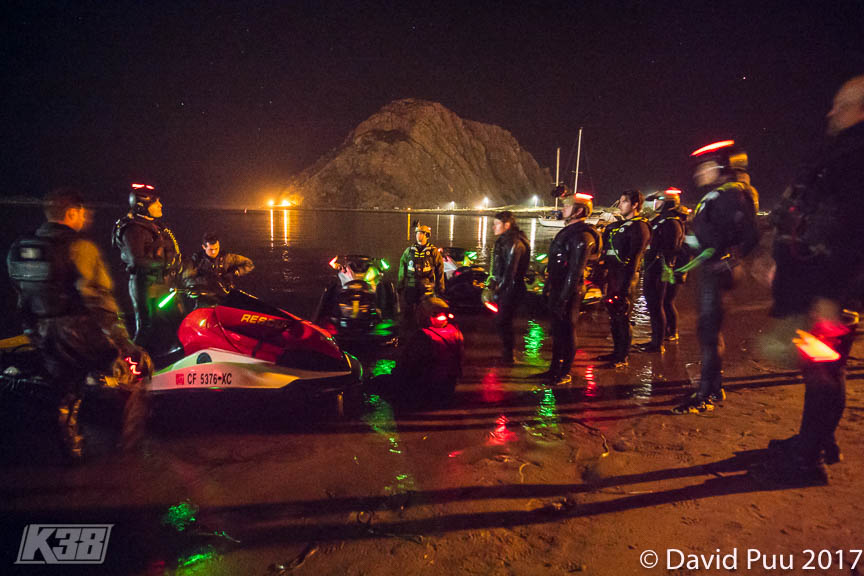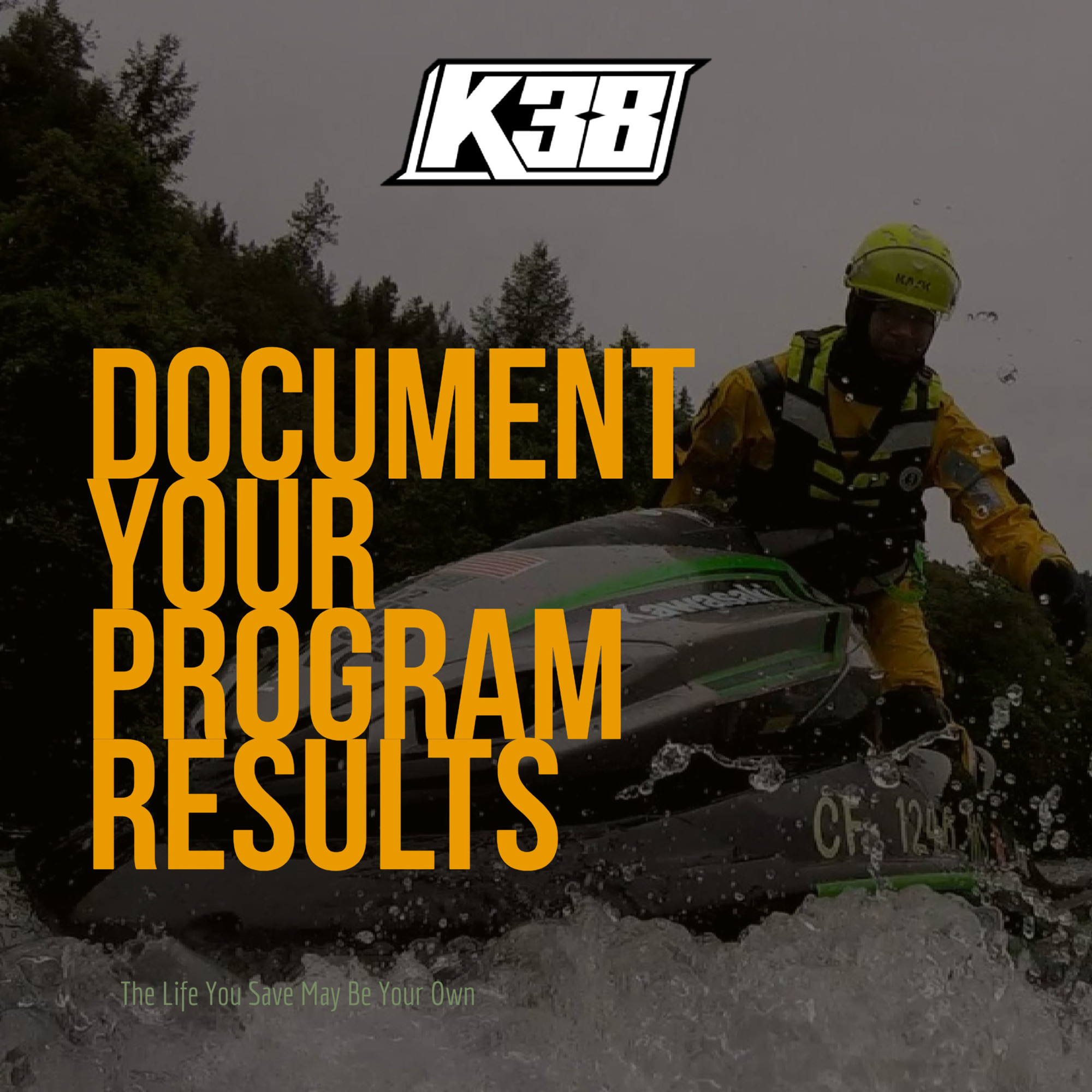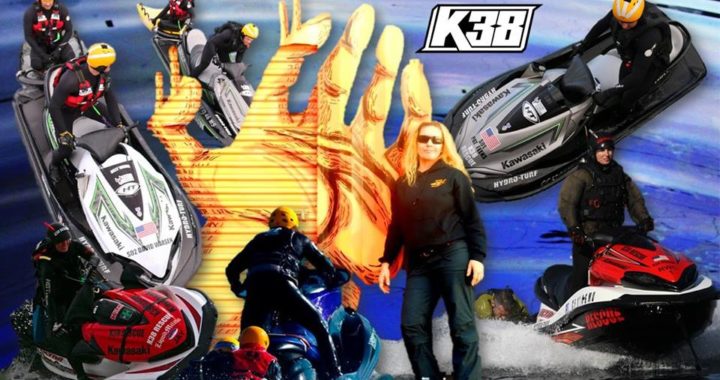Time is value, and how we spend it is priceless. Let's take a look at your program motivation.
What are your top 4 standards in which you measure your Rescue Water Craft program foundation upon?
Here are a few of mine I would like to share for your consideration and review:
1. Recurring Education
2. Goals
3. Time
4. Results
CRITIQUE
In training my role is not to be anyone's friend. In fact my role is the obverse.
I am there to scrutinize behavioral choices that result in operational movements.
Scrutiny at this level helps guide the student Coxswain closer to their maritime goals of manning the helm and becoming competent at boat handling skills.
Review the training goals again:
1. Knowledge base
2. Leadership, management and critically honest assessments
3. Research and study
4. Action
REPEAT
To encourage a team member is to make them strong.
When that happens the team gains.
Lead them so they can win.
Then you know you really care for them. Monitor all the safety elements and its a double win for both you and your team members.
You have to push them to their limits to learn. Otherwise they will never attain the necessary and vital capabilities to conduct safe and sure behaviors in natural settings that are unpredictable and dangerous.
This cannot be negotiated. When the RWC community stops, slows down, discards and excuses the need to drive hard and train with purpose, a mishap is being invited and I sure will.
That’s how you lose the game. To win the game, skills are honed and taken seriously.
Don't get too comfortable, keep reaching for the next learning level!
__________
Posted 1.16.2019
Have any questions? Join the Rescue Water Craft Association
and discover what your community is doing to modernize standards, safety and reduce liability!
Join the Rescue Water Craft Association
Content Creator: Shawn Alladio cares most about her community and the culture surrounding the safety of event service providers and Rescue Water Craft operators, working hard and dedicated towards protecting their reputation, distributing safety information and continuing to train these amazing individuals to the highest standards of care.
Use at your own risk. Please take a qualified Rescue Water Craft training course and maintain proper records and respect all the PWC, RWC, PPE, and gear OEM manufacturer warning labels and cautions.
